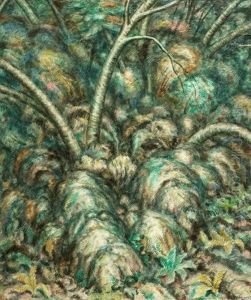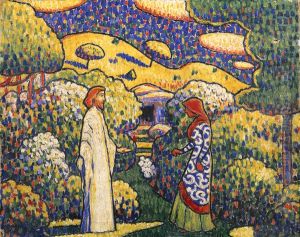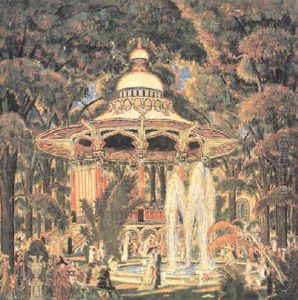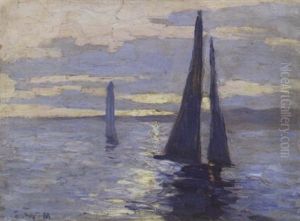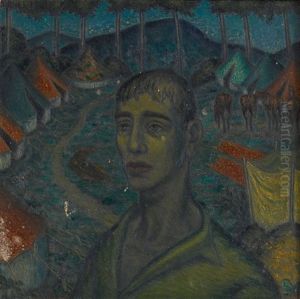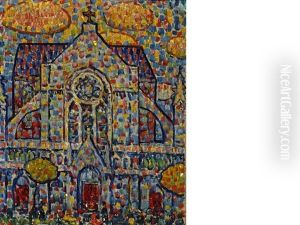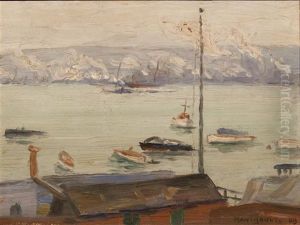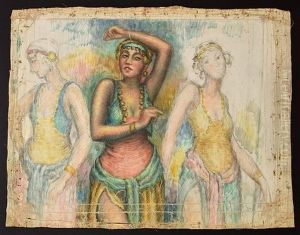Edward Middleton Manigault Paintings
Edward Middleton Manigault was an influential American modernist painter known for his vibrant use of color and innovative compositions. Born on June 14, 1887, in London, Ontario, Canada, Manigault grew up in a family with a rich heritage, but it was in the United States that he found his artistic footing. In 1905, he moved to New York City to pursue his passion for art, where he studied at the New York School of Art under Robert Henri, a prominent figure in the American realist movement. Henri's emphasis on the importance of personal expression and the depiction of everyday life had a profound impact on Manigault's development as an artist.
In the early years of his career, Manigault's work was heavily influenced by the Ashcan School, a movement that sought to portray scenes of daily life in New York City with vigor and realism. However, his style evolved significantly after he traveled to Europe in 1907, where he was exposed to the work of the Fauves and the Cubists. These experiences led him to experiment with color and form in ways that diverged from his earlier, more realistic works.
Manigault's most productive period came after he returned to the United States in 1910. He began to create paintings that were characterized by their bold use of color, dynamic compositions, and abstract qualities, which set him apart from his contemporaries. His work during this period reflects a blend of modernist influences, including Fauvism and Cubism, yet retains a distinctive quality that is uniquely his own. In 1912, Manigault was recognized as a leading figure in the modernist movement in America, participating in the seminal Armory Show, which introduced American audiences to European avant-garde art.
Despite his early success, Manigault's career was marked by personal challenges, including struggles with mental health and financial difficulties. These issues, compounded by the outbreak of World War I, led him to enlist in the Canadian Expeditionary Force in 1917. His experiences during the war deeply affected him, and his artistic output declined significantly upon his return.
Edward Middleton Manigault's life was cut tragically short when he died on August 31, 1922, in Charleston, South Carolina, at the age of 35. Despite his brief career, Manigault left behind a body of work that continues to be celebrated for its contribution to the development of modernist art in America. His paintings are held in the collections of major museums across the United States, attesting to his lasting impact on the art world.
